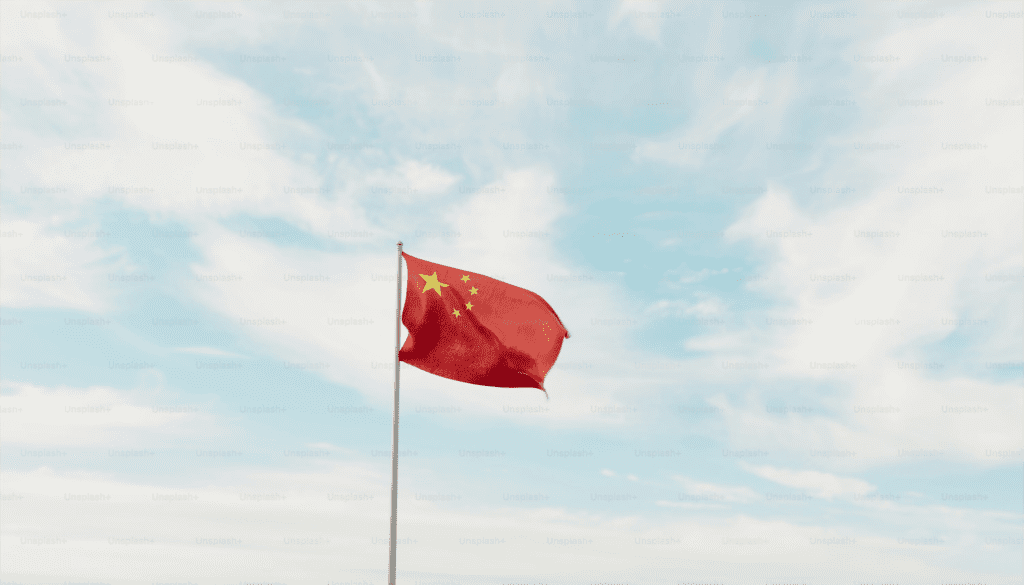The competition between China and the United States in the field of artificial intelligence (AI) has taken a new turn. A Chinese AI company, DeepSeek, has recently showcased its progress in AI technology, which has caught the attention of major tech leaders. Many experts now say that DeepSeek is an important player, signaling that China should not be underestimated in the AI race. This has intensified the ongoing rivalry between China and the U.S. in AI development. Despite this, many tech executives believe that DeepSeek still has a long way to go before it can seriously challenge well-established U.S. companies like OpenAI.
DeepSeek’s Breakthrough in AI Technology
At a recent event, the AI Action Summit in France, technology leaders discussed DeepSeek’s achievements and what it means for the future of AI. One of the most surprising announcements from DeepSeek was the cost of training its AI model. DeepSeek revealed that it had created an advanced AI model at a cost of under $6 million. This is significantly lower than the billions of dollars that major U.S. companies like OpenAI and Anthropic have invested in their own AI models. The ability to create an AI model at such a low cost has sparked new debates about how the competition between China and the U.S. could unfold in the years to come.

Chris Lehane, OpenAI’s Chief Global Affairs Officer, acknowledged that DeepSeek’s achievement shows that the competition between the U.S. and China in AI is very real. He emphasized that both countries now have the capability to build AI technologies at scale. He compared this competition to a world where only two countries could produce electricity. According to Lehane, this highlights the high stakes involved in the AI race, and the potential for both sides to shape the future of AI globally.
China’s Growing Presence in AI Innovation
For many years, the general belief in the West has been that China was lagging behind the U.S. in AI development. This perception was due, in part, to restrictions on China’s access to advanced technology, such as Nvidia’s graphics processing units (GPUs), which are essential for training AI models. However, DeepSeek’s recent success has challenged this view. The company’s ability to create a competitive AI model with limited resources has surprised many experts. This suggests that China might be catching up more quickly than people had originally thought.
DeepSeek’s R1 model, for instance, has shown the ability to perform at levels similar to OpenAI’s own models. Despite the lower cost and energy-efficient process used by DeepSeek, the AI performance has been impressive enough to get experts thinking about how this could change the landscape of AI development. It has raised questions about whether China’s AI capabilities will soon rival those of the U.S., even though the U.S. has enjoyed a head start and has more resources invested in the field.
Concerns Over DeepSeek’s Censorship
Despite the excitement around DeepSeek’s advancements, there have been concerns about the potential censorship within its AI model. Critics have pointed out that DeepSeek’s AI assistant, when asked about sensitive topics, such as the 1989 Tiananmen Square massacre, responds by saying, “Sorry, that’s beyond my current scope. Let’s talk about something else.” This type of censorship, which avoids discussing politically sensitive matters, has led some to question the role of government influence in DeepSeek’s AI development. Critics argue that the Chinese government’s control over technology companies could result in AI models that are biased or restricted in the types of information they provide.
OpenAI’s Chris Lehane acknowledged this concern, pointing out that there is a clear difference between the ways AI is developed in China and in the U.S. He described the U.S. approach as one led by democratic principles, while China’s AI model is shaped by its more authoritarian government. This contrast raises important questions about the future of AI and how different countries might use AI technologies to advance their own political agendas.

The Road Ahead for DeepSeek and OpenAI
While DeepSeek has made a strong impression, many tech executives still believe that its impact on well-funded U.S. labs like OpenAI remains limited for now. Experts believe that despite DeepSeek’s breakthroughs, the company still faces significant challenges in catching up to the U.S. in terms of resources, expertise, and global influence. The U.S. has a long history of technological leadership, and its companies have developed extensive partnerships and access to top talent from around the world. This gives American companies a significant edge in the AI race, even as China continues to make progress.
However, as DeepSeek and other Chinese companies continue to push forward with their AI innovations, the gap between the U.S. and China in AI technology may start to narrow. If China continues to develop its own AI models at a low cost and with competitive performance, it could have a greater impact on the global AI market. This could lead to more collaboration, as well as competition, between the two countries, each vying for dominance in a field that will shape the future of technology.



